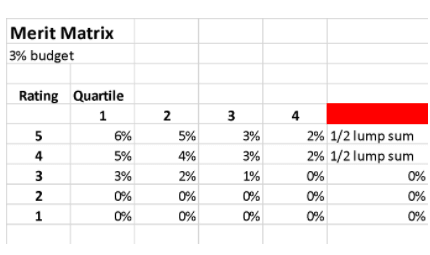 Change is inevitable in our personal lives and in our organizational lives. Growth, without it, is impossible. Yet, instead of embracing change, most employees, and people in general, find it unsettling and approach it with trepidation. That is the very reason that you should have a well thought out plan when it comes to introducing change to your organization. Change Management can be thought of in three steps: 1) Preparing for the Change, 2) Managing the Change and 3) Reinforcing the Change.
Change is inevitable in our personal lives and in our organizational lives. Growth, without it, is impossible. Yet, instead of embracing change, most employees, and people in general, find it unsettling and approach it with trepidation. That is the very reason that you should have a well thought out plan when it comes to introducing change to your organization. Change Management can be thought of in three steps: 1) Preparing for the Change, 2) Managing the Change and 3) Reinforcing the Change.
Preparing for the Change
There are a number of questions to ask as you start to prepare for change across an organization and the larger the company, the further in advance you need to start. It is not unusual in a very large organization to see a change management effort span 2-3 years. Be ready to:
- Establish Organizational objectives- determine what you are trying to achieve or what problem you are trying to solve
- Identify Groups Impacts- determine who the change might impact
- Identify individuals impacted- note if any salary adjustments are warranted
- Readiness assessments- conduct assessments to determine if your organization is ready to make a change and how much, if any, resistance you will face
- Identify risks, potential resistance- talk openly about risks and how you would mitigate those. Would people leave? Would they become less engaged?
- Document Strategy- document everything in a project planning tool like Asana, so everyone can add to it
- Build team structure- contemplate a team structure and decide who will be responsible for which initiatives
- Create a sponsor model- where do you need your sponsors and at what levels of the organization
- Prepare sponsors- meet with your sponsors. The questions they have are likely the ones your workforce will have
Managing the Change
Once you are ready to roll it out, think through the following:
- What needs to be communicated – what and how should you communicate. What channels will you use and who is responsible for drafting and then communicating?
- What Coaching do we need- should you engage a coach or firm whose primary objective it is to run these types of change initiatives
- What training is needed- who needs to be trained and on what and how will they receive the training
- How will we manage resistance- where do you expect resistance to come from and can you get ahead of it
- What does success look like- imagine that everything went smoothly, which it won’t, but it’s important to have a vision for the goal
Reinforcing the Change
Once you have rolled it out, you will need to reinforce it through multiple channels and multiple times. You will feel like the communication is overkill, but I guarantee, someone will say “ I was never notified of this”. Some of the ways you can reinforce the change are:
- Collect individual feedback- whether in person or through surveys, it’s good to know how people are reacting
- LISTEN to impacted employees
- sometimes employees just want to vent and that should be OK
- Audit for compliance- since you went to all the trouble to make the change, you do want to ensure that it actually stuck, so figure out how you will audit
- Measure that change has taken place- contemplate up front what measures of success look like. Is time to market faster? Is there less turnover?
- Identify gaps and develop appropriate responses- no matter how much time you spend, something will always be overlooked. Figure out what it is and course correct.
- Celebrate Success- don’t forget to celebrate and thank the people that made this all possible!
The time you spend up front detailing a well thought out change management plan will pay huge dividends upon execution.





